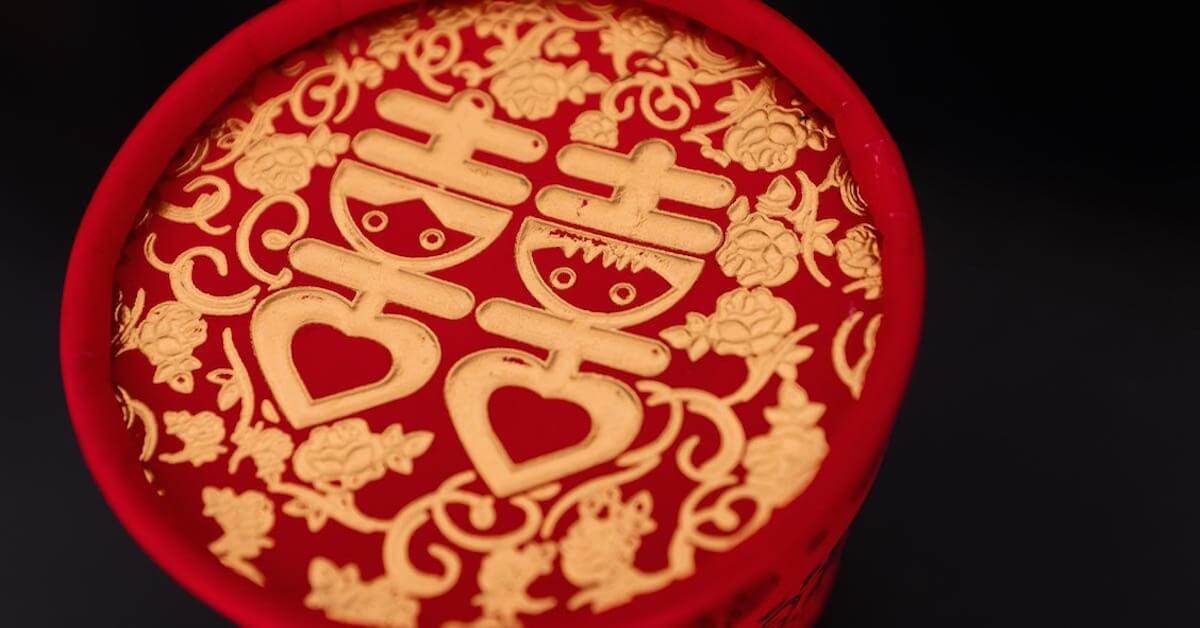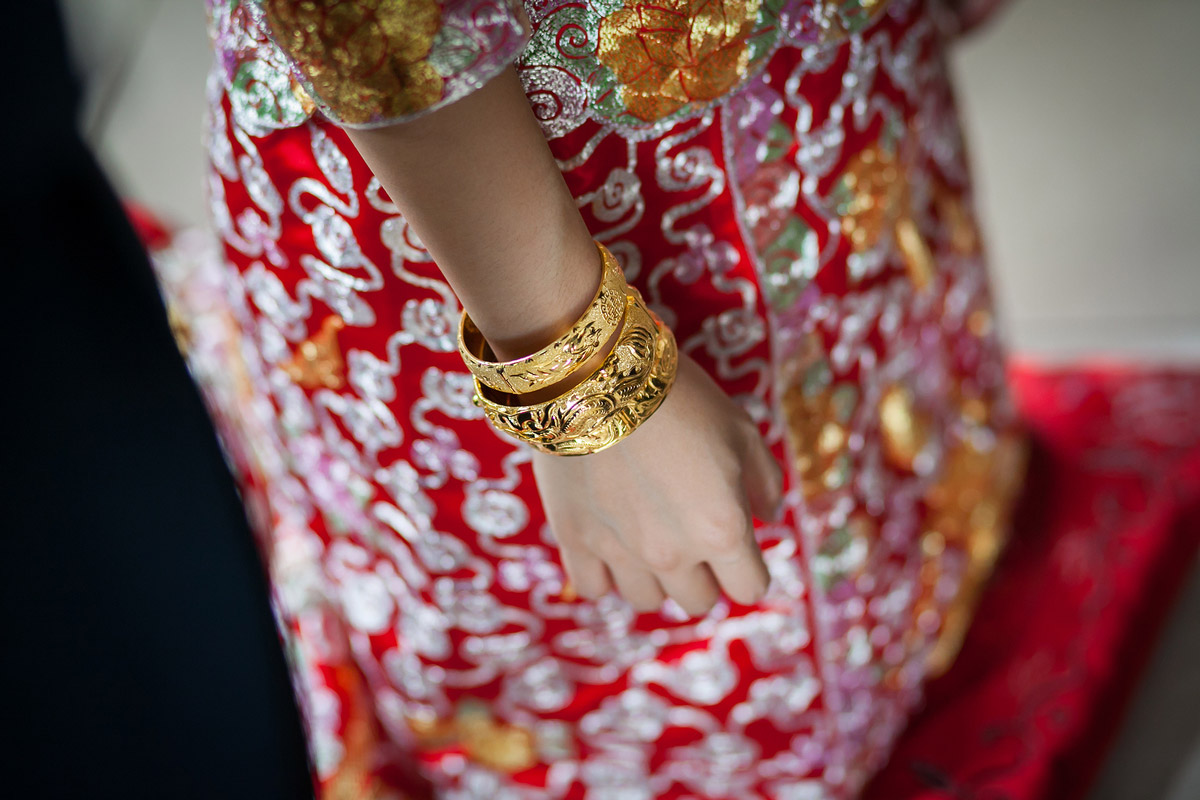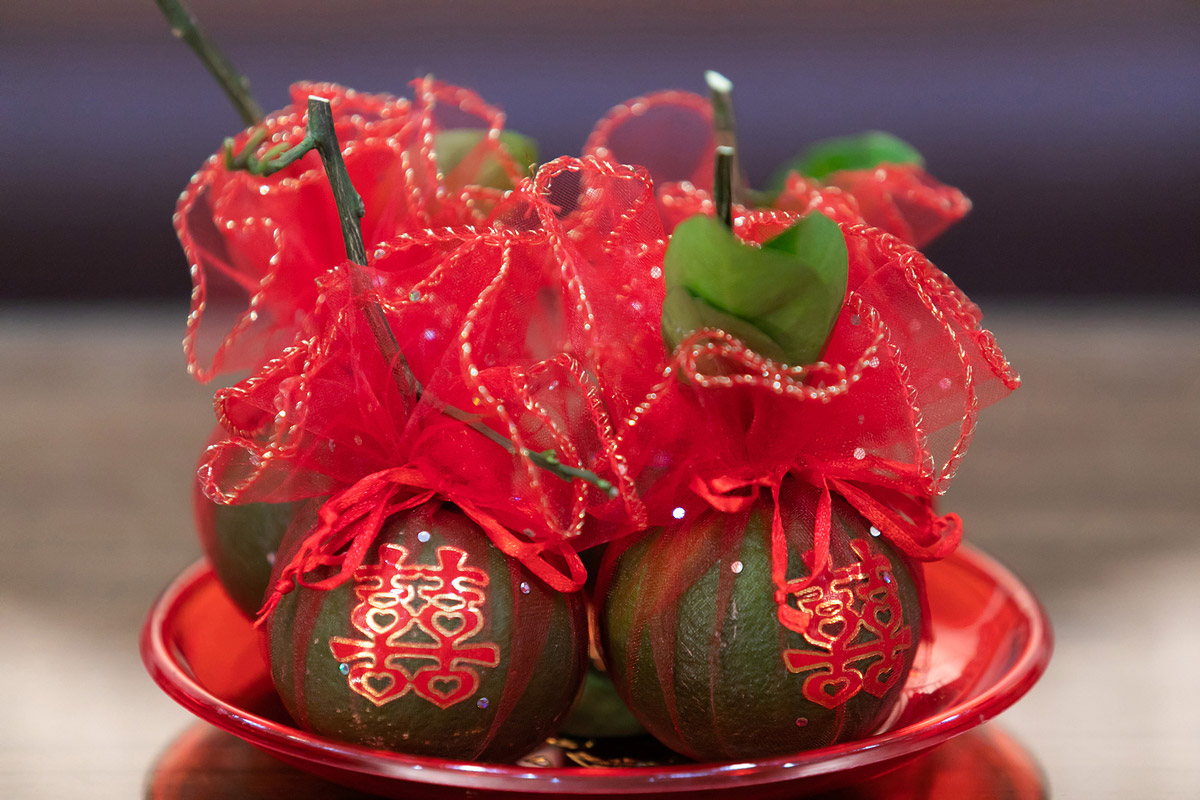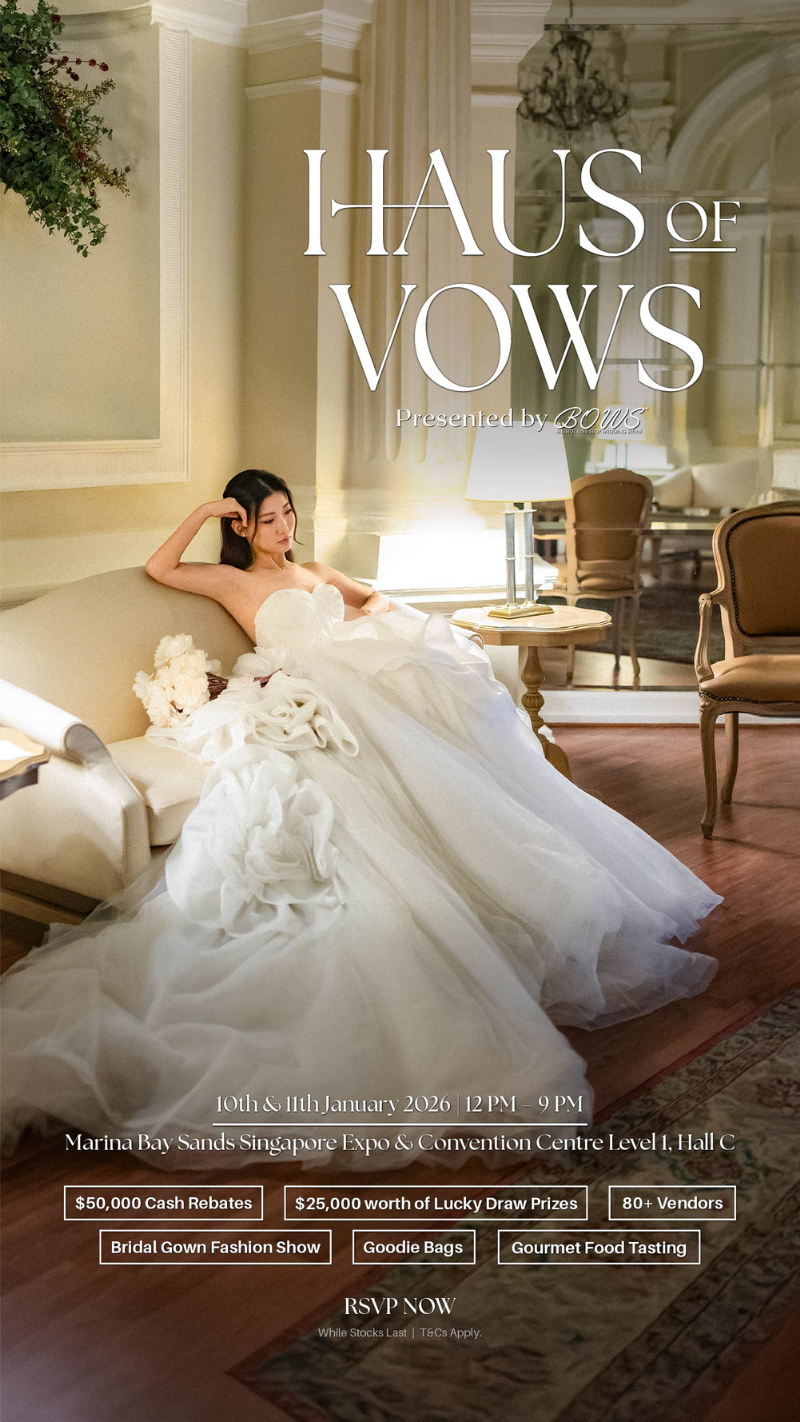The Complete Guide To A Successful Guo Da Li Ceremony
2020-07-03

No matter how contemporary a wedding ceremony might be, in essence, the act of getting married itself is very much rooted in traditions and customs. Though we may tweak some of these customs to our convenience today, the sincerity that they are meant to convey remains unchanged.
In order to honour the well-wishes of our loved ones who insist on preserving these customs, the least we can do is to have a proper understanding of these traditions’ origins and symbolism. To get you started, here’s a complete guide to Guo Da Li — the betrothal gifts!
What is Guo Da Li (过大礼)?
The Guo Da Li is an age-old custom of giving the bride’s family a set of betrothal gifts. This is seen as an assurance on the groom’s part to follow through with his promise to not only wed, but also take care of his wife. It also displays the groom’s financial status to give the bride’s family peace of mind that he is able to support his new wife.
This is usually done 2-3 weeks before the actual wedding ceremony, so once you’re done with your gown rental, pre-wedding photoshoot and so on, here’s what you’ll need to focus on:
Step 1: Preparing for your Guo Da Li
Preparing for your Guo Da Li is both simple and tricky – simple because the practice itself is rather straightforward; tricky because there are certain rules that you should adhere to to ensure that your Guo Da Li is an auspicious one.
Firstly, you’ll have to make sure that you pick an auspicious date and time. Since the Guo Da Li will involve the parents from both sides, you will need to ensure that not only are they available, but the date is also considered auspicious in the lunar calendar.
On top of the date sensitivity, you will also need to ensure that you include all the necessary items in your betrothal gifts. The specifics will depend on the groom’s dialect group, i.e. Cantonese families will require a roasted pig, while the Hainanese often gift pastries known as Hinan Ginteh and Ta Yun Pian, but most items will have to come in pairs to represent good fortune. To do otherwise would be sacrilegious!
That said, the requirements ultimately depend on both sides of the family, so talk to your parents and future in-laws to figure out how much of a stickler they are for traditions before you proceed.
Step 2: Is everyone present?
Apart from the groom, a female matchmaker or a senior female relative who has good fortune will also need to also participate in the ceremony. Her role is to chaperone the groom as he presents the gifts to his future in-laws.
Step 3: Exchange auspicious sayings
Similar to any joyous occasions, you will also need to ready your auspicious sayings. The groom’s elderly or older female relative should congratulate the bride’s parents on the matrimonial match as soon as she arrives at the bride’s doorstep. She should then bestow well-wishes for the marriage and blessings of offsprings to the couple:
“恭喜亲家老爷和亲家奶奶荣登外父外母榜, 祝福 <couple> 永结同心、恩爱到白头、连生贵子。”
“gōng xǐ qīn jiā lǎo yé hé qīn jiā nǎi nǎi róng dēng wài fù wài mǔ bǎng, zhù fú <couple> yǒng jié tóng xīn、 ēn ài dào bái tóu、 lián shēng gùi zǐ。”
Step 4: Present your gifts

Depending on the bride’s dialect, these bangles may be part of the betrothal jewellery that the groom’s parents must give to the bride
Once the auspicious sayings and necessary introductions are exchanged, the next thing that needs to be done is the presenting of gifts to the bride’s parents. While the items may vary depending on the dialect group, the essentials across all dialects include:
● "Diaper" Red Packet (养育之恩礼金)
● "Car Door" Red Packet (开车门礼金)
● Dragon & Phoenix Tray (龙凤喜盘)
● Small Double Happiness Stickers
● Everlasting Red Cloth (百年谐老红缎)
● Bottles of Alcohol
● Alcohol Organza Bag
● Black and Red Basket
● Dragon and Phoenix Candles (龙凤烛)
● 4 Treasure Jin Guo (四京果)
● Sweet Endings (甜蜜喜糖)
● 5 Colour Grains (五色豆)
● Canned Pig Trotters (猪脚罐)
In addition to these gifts, betrothal jewellery is also given as a form of blessing for the bride from the groom’s parents and a show of their acceptance of her into their family. Since the gift is meant for the bride, the type of jewellery will depend on the bride’s dialect group, each with their own symbolism and well-wishes.
Contrary to popular belief, Si Dian Jin was originally the practice of Teochews only, and not a must for all dialect groups. Regardless, due to the various cross-dialect marriages and modernisation of weddings, many couples have been integrating it into their wedding even though they are not Teochews.
Step 5: Returning of the gifts
Upon receiving the gifts from the groom, the bride’s family then returns a portion of the gifts as a symbol of gratitude. This is known as the Hui Li, and most families typically give back half of what they receive, excluding the red packets, alcohol, and betrothal jewellery. However, it does vary according to the individual, though the items will almost always be returned in pairs.
They will also present the groom with the dowry, which are gifts meant for the groom’s family to use on the bride. These gifts represent the blessings of the bride’s parents for her, and well-wishes for the couple as a whole.
Mostly consisting of daily necessities that were once vital to starting a new home in the past, these items today mostly symbolise the virtues of a bride and the beginning of her new role as a married woman. Some of them are also replaced with a miniature display version because they are no longer of use in our everyday lives.
● Wedding Ceremony Tea Set (孝心茶具)
● Wedding Ceremony Bowl Set (衣食碗)
● A Pair of Prosperity Lamps (子孙灯)
● 2 Pairs of Chopsticks (同心筷子)
● Needle Box Set (百子千孙针线盒)
● Baby Prosperity Set
● Auspicious Ruler (子孙尺)
● Bed Room Slippers (夫妻新拖鞋)
● Face Towels (双喜对面巾)
● Unity Coins (缘钱)
● Organza bags (双喜沙袋)
● Prosperity Charcoal (旺炭)
● Silk Hand Mirror (丝绸手把镜)
● Red Umbrella (新娘红伞)
● Lace Red Fan (新娘扇子)
● Son-in-Law Red Packet (女婿礼金)
● Sugarcane Red Packet (甘蔗礼金)
● Happiness Chicken Red Packet (带路鸡礼金)
● Gold Jewellery
Step 6: The finishing touch
After all the gifts have been exchanged, the couple and the groom’s female relative will travel back to the groom’s place, where the bride will show her in-laws her dowry. These items are then kept aside for use on and after the wedding day. Do note that the bride’s dowry items should not be touched by pregnant ladies or children as it is believed that it will lead to a clashing of fortunes.
Old is gold

It’s always great to take pride in your traditions and be a part of such a once-in-a-lifetime occasion! Besides using this guide, you may also want to ask your family members or consult a Chinese wedding tradition expert for more details on these rituals and customs. We also have a comprehensive guide with all the necessary information compiled for you according to dialect groups here, so feel free to use it!












